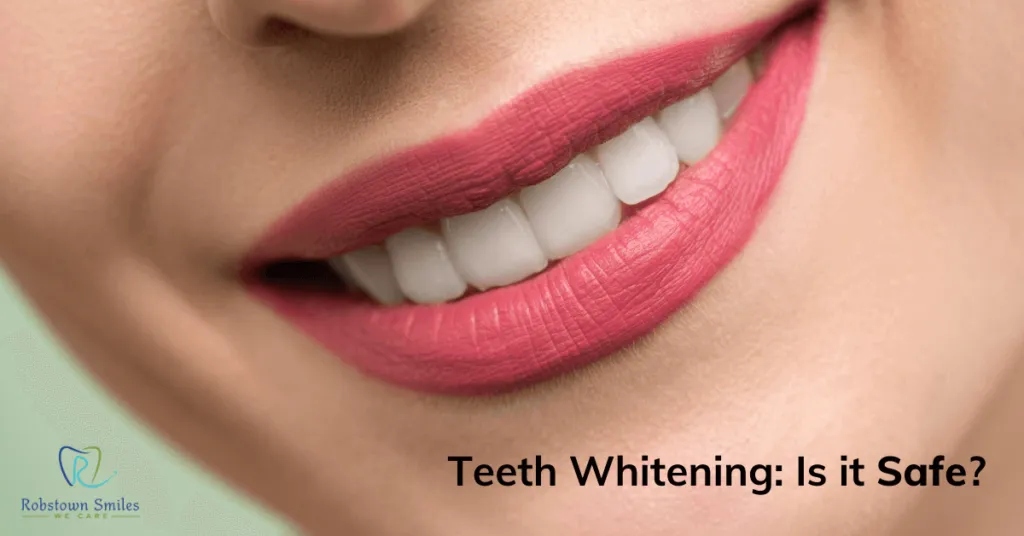What is Teeth Laser Whitening?
Teeth laser whitening, also known as laser teeth bleaching or power whitening, is a cosmetic dental procedure designed to lighten the shade of your teeth. It involves using a concentrated hydrogen peroxide solution that is applied to the surface of the teeth, and a special laser light is then used to accelerate the whitening process. This method is often preferred for its ability to deliver quick and noticeable results. Understanding the underlying science is essential for anyone considering this popular dental procedure. This process is usually carried out in a dentist’s office, ensuring professional supervision and care. The procedure’s primary goal is to remove stains and discoloration caused by factors like coffee, tea, tobacco, and aging, resulting in a brighter, more aesthetically pleasing smile.
The Laser Whitening Process
The laser teeth whitening process typically starts with a thorough cleaning of the teeth to remove any plaque or debris. The dentist or dental hygienist then applies a protective barrier, such as a rubber dam, to shield the gums and soft tissues from the whitening agent. A high-concentration hydrogen peroxide gel is carefully applied to the teeth. Following this, a special laser light is directed at the teeth. This laser activates the hydrogen peroxide, causing it to break down and release oxygen molecules. These oxygen molecules penetrate the enamel and dentin, breaking down the staining compounds within the teeth. The entire process is often completed within an hour, making it a convenient option for many individuals.
How Laser Whitening Works
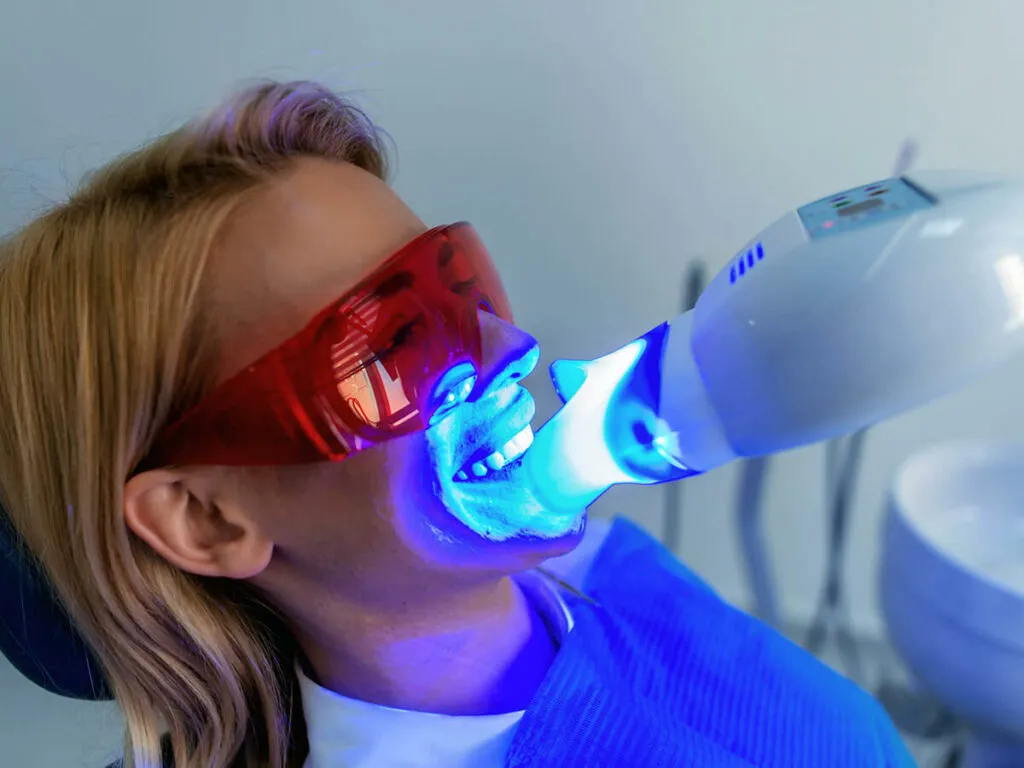
Laser whitening utilizes a chemical reaction to achieve its effects. The hydrogen peroxide in the whitening gel acts as an oxidizing agent. When the laser light is applied, it accelerates this oxidation process. As the hydrogen peroxide breaks down, it releases oxygen. The oxygen molecules then penetrate the pores in the enamel and dentin. They react with the stain molecules, breaking them down and causing them to become colorless. This chemical process effectively removes the discoloration from the teeth without causing any structural changes to the enamel. The speed and efficiency of laser whitening compared to other methods are due to the laser’s ability to speed up the chemical reaction.
Fact 1 Immediate Results
One of the primary benefits of laser teeth whitening is the immediate results. Unlike other whitening methods, such as over-the-counter strips or trays, laser whitening can produce visible changes in the shade of your teeth within a single session. This rapid effect is a major draw for those seeking a quick cosmetic enhancement. While the degree of whitening varies depending on the initial condition of the teeth and the concentration of the whitening agent, many patients experience a noticeable improvement of several shades lighter. This instant gratification makes laser whitening a popular choice for special events or when a fast transformation is desired. The results can significantly boost confidence and enhance the overall appearance of the smile.
Understanding the Stain Removal Process
The stain removal process during laser whitening is primarily driven by the chemical reaction between the hydrogen peroxide and the staining compounds within the teeth. The laser light plays a crucial role by accelerating this reaction. The oxidizing agents break down the organic molecules that cause discoloration, effectively removing stains from the enamel and dentin. Surface stains, such as those caused by coffee or tea, are often easily removed, while deeper stains may require multiple sessions. The effectiveness of the process relies on the concentration of the whitening agent, the duration of the laser exposure, and the inherent properties of the tooth structure. This process effectively eliminates stains and reveals the natural brightness of the teeth.
Factors Affecting Results
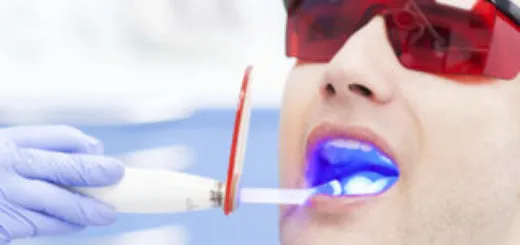
Several factors influence the final results of laser teeth whitening. The initial condition of the teeth is a significant determinant; teeth with more pronounced stains or those that have undergone previous dental treatments may require multiple sessions. The type and severity of the stains also play a role, with surface stains responding more readily than those embedded deep within the tooth structure. Dietary habits, such as frequent consumption of staining foods and beverages (coffee, tea, red wine), can also impact the longevity of the results. Additionally, the patient’s oral hygiene practices, including regular brushing, flossing, and professional cleanings, contribute to maintaining the whiteness achieved through laser whitening. Individual differences in tooth enamel composition and the patient’s genetics also influence how well the teeth whiten.
Fact 2 Sensitivity Concerns
A common concern associated with laser teeth whitening is tooth sensitivity. The whitening process can temporarily make the teeth more sensitive to temperature changes. This is due to the hydrogen peroxide penetrating the enamel and dentin, which can affect the nerves within the teeth. Some individuals experience mild sensitivity, while others may feel more significant discomfort. This sensitivity is usually temporary and subsides within a few days after the procedure. Dentists often take precautions to minimize sensitivity, such as using lower concentrations of hydrogen peroxide or applying fluoride treatments after the whitening session. Understanding these potential side effects is essential for making an informed decision.
Minimizing Sensitivity during the Procedure
Dentists employ several techniques to minimize sensitivity during laser teeth whitening. They often start with a lower concentration of hydrogen peroxide and gradually increase it if necessary, based on the patient’s tolerance. Applying a desensitizing agent, such as potassium nitrate or fluoride, to the teeth before and after the procedure can also help reduce sensitivity. Using a protective barrier to shield the gums and soft tissues from the whitening agent is another critical step. Dentists may also adjust the duration of the laser exposure or recommend desensitizing toothpaste to be used before and after the treatment. Providing the patient with detailed aftercare instructions, including dietary guidelines and oral hygiene practices, also contributes to minimizing discomfort and maximizing the patient’s comfort.
Aftercare for Sensitive Teeth
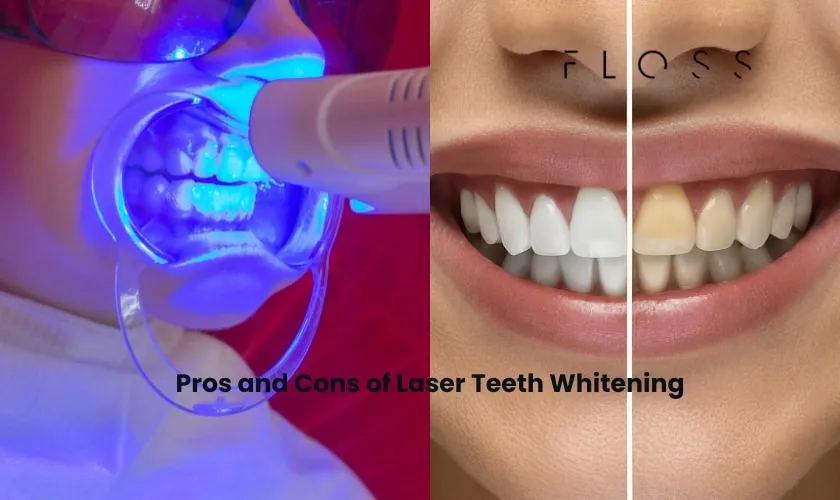
Proper aftercare is essential for managing any sensitivity that may arise after laser teeth whitening. Patients are often advised to avoid extremely hot or cold foods and drinks for the first few days. Using a desensitizing toothpaste, containing ingredients like potassium nitrate or stannous fluoride, can help reduce sensitivity by blocking the tubules in the dentin that transmit sensations to the nerve. Avoiding acidic foods and beverages, such as citrus fruits and carbonated drinks, is also recommended, as they can exacerbate sensitivity. Regular brushing and flossing, combined with a gentle brushing technique, are crucial for maintaining good oral hygiene and preventing further sensitivity. Following the dentist’s specific instructions and attending follow-up appointments will help ensure a comfortable recovery and long-lasting results.
Fact 3 Potential Risks and Side Effects
While laser teeth whitening is generally safe, there are potential risks and side effects to be aware of. Tooth sensitivity is the most common side effect, as discussed earlier. Gum irritation, such as inflammation or minor blistering, can also occur if the protective barriers are not properly applied or if the whitening agent comes into contact with the gums. In rare cases, prolonged exposure to the whitening agent can lead to enamel erosion or damage. Patients with existing dental issues, such as cavities or gum disease, may experience heightened sensitivity or complications. Therefore, it is essential to consult with a dentist before undergoing laser teeth whitening to assess potential risks and ensure the procedure is appropriate for your specific oral health needs. Understanding the potential side effects allows you to make informed decisions and take precautions.
Gum Irritation and its Prevention
Gum irritation is a potential side effect of laser teeth whitening, often resulting from the whitening agent coming into contact with the soft tissues. Dentists take several precautions to prevent gum irritation. These include applying a protective barrier, such as a rubber dam or liquid dam, to isolate the teeth and shield the gums from the hydrogen peroxide gel. Careful application of the whitening agent, avoiding any overflow onto the gums, is crucial. In case of any contact, the dentist will promptly remove the excess and rinse the area thoroughly. Patients can also help minimize irritation by informing the dentist of any sensitivities and following post-treatment instructions, which often involve avoiding irritating foods and maintaining gentle oral hygiene. If irritation occurs, it usually resolves within a few days, with proper care and attention.
Damage to Tooth Enamel Myth or Reality?
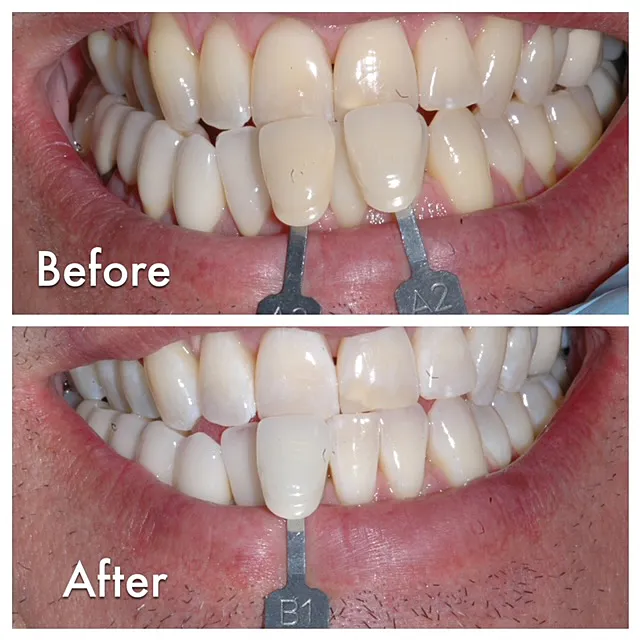
The potential for laser teeth whitening to cause damage to tooth enamel is a frequently discussed topic. While the use of hydrogen peroxide can, in theory, weaken the enamel, the concentrations used in professional teeth whitening procedures are carefully controlled and monitored by dentists to minimize such risks. Research has shown that professional laser teeth whitening, when performed by qualified dentists, does not cause significant or irreversible damage to the enamel. The enamel’s structure is robust, and the brief exposure to the whitening agent is typically insufficient to cause significant structural changes. However, excessive or improper use of whitening products, such as over-the-counter treatments, can potentially erode the enamel. Consulting a dentist ensures the use of safe and effective practices, minimizing the risk of any enamel damage. Good oral hygiene and proper aftercare further protect and maintain the integrity of the enamel.
Fact 4 Long-Term Safety of Laser Whitening
The long-term safety of laser teeth whitening is an important consideration for those contemplating the procedure. Extensive research over several years has shown that professional laser teeth whitening, when performed under the supervision of a dentist, is generally safe. Studies have not found any significant adverse effects on tooth structure or oral health with proper use. The key to long-term safety lies in using the procedure responsibly and following the dentist’s recommendations. However, it is important to note that the effects of laser whitening are not permanent. The teeth may gradually revert to their original shade or become discolored again due to dietary habits, lifestyle choices, and aging. Regular maintenance, such as touch-up treatments and maintaining good oral hygiene, can help sustain the whitening results over time.
Research on Laser Whitening Safety
Numerous studies have examined the safety of laser teeth whitening. These studies typically assess various factors, including the impact on tooth enamel, gum health, and overall oral health. The research consistently demonstrates that professional laser teeth whitening, when performed by qualified dental professionals, does not pose significant risks. Most studies indicate that the concentrations of hydrogen peroxide used in the procedures are safe for the enamel and do not cause structural damage. Research also highlights the importance of proper application techniques, the use of protective barriers, and post-treatment care in ensuring patient safety. Scientific evaluations provide valuable insight into the long-term effects of laser whitening, guiding best practices and promoting safe, effective treatments. Continued research helps to refine protocols and ensure the ongoing safety and efficacy of teeth whitening procedures.
Best Practices for Safe Laser Whitening
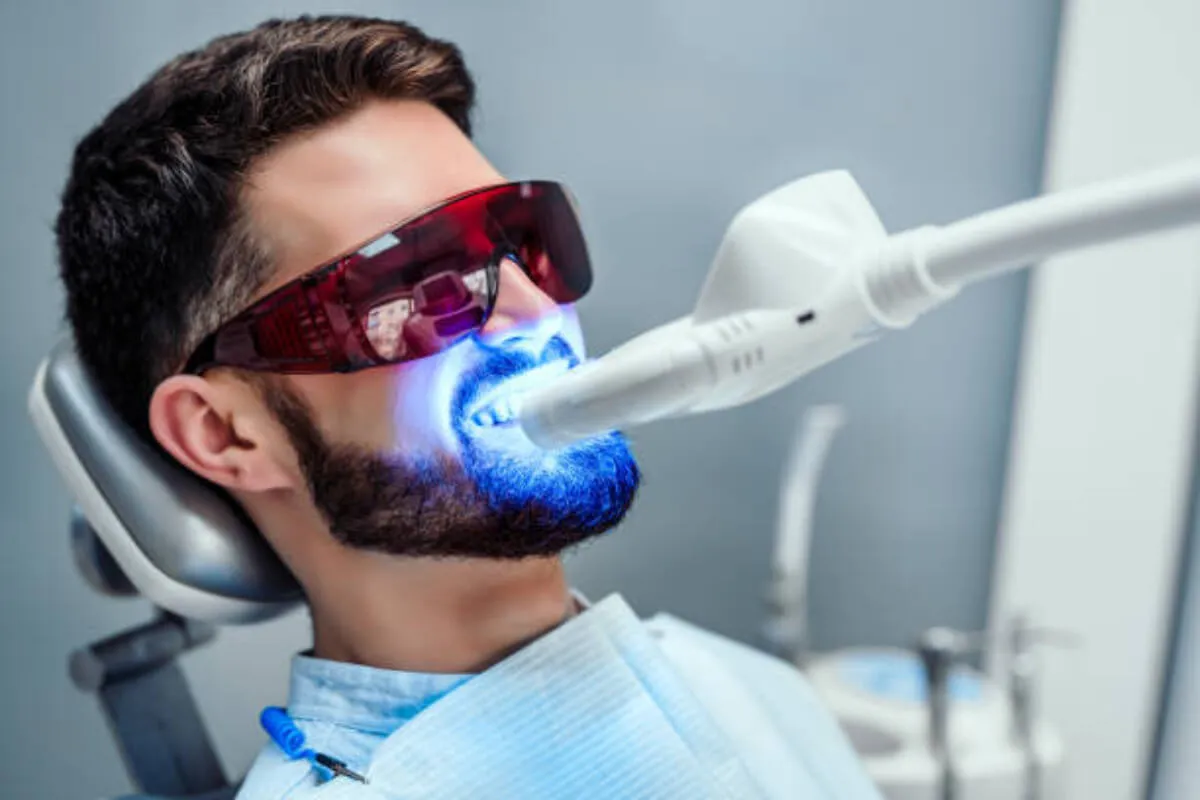
To ensure safe laser teeth whitening, several best practices should be followed. Always consult with a licensed and experienced dentist who can assess your oral health, discuss potential risks, and determine if you are a suitable candidate. Ensure the dentist uses high-quality, FDA-approved whitening products and follows proper application techniques, including protecting the gums and soft tissues. Adhere to all pre- and post-treatment instructions provided by your dentist, including dietary recommendations, oral hygiene practices, and follow-up appointments. Maintain regular dental check-ups and cleanings to monitor your oral health and address any potential issues promptly. Communicate any sensitivities or discomfort experienced during or after the procedure. By adhering to these best practices, you can minimize risks and maximize the safety and effectiveness of laser teeth whitening, leading to a brighter, healthier smile.
Fact 5 Cost vs. Benefits of Laser Whitening
When considering laser teeth whitening, it is essential to weigh the costs against the potential benefits. Laser whitening is typically more expensive than over-the-counter whitening options. However, the immediate results and the professional supervision can justify the investment for many individuals. The benefits include a significant improvement in the appearance of the teeth, boosting self-confidence, and enhancing the overall smile. The procedure can also remove stubborn stains that are resistant to other whitening methods. The cost of laser whitening varies depending on factors such as the location, the dentist’s fees, and the number of sessions needed. Before deciding, it is essential to have a clear understanding of the costs involved and to assess your budget. Evaluating the benefits in terms of improved self-esteem and a more attractive smile will help determine if laser whitening is a worthwhile investment.
Evaluating the Cost of Laser Whitening
The cost of laser teeth whitening varies significantly. Factors influencing the price include the dentist’s location, their experience, the specific technology used, and the extent of the treatment required. Generally, the cost ranges from several hundred to over a thousand dollars per session. Prices can also vary based on the complexity of the case and the number of treatments needed to achieve the desired results. When evaluating the cost, consider the value you place on a brighter smile and the confidence it can bring. Inquire about payment plans or financing options, as some dental practices offer these. Before committing to the procedure, obtain a detailed estimate from your dentist, including any potential additional costs, such as follow-up visits or touch-up treatments. Comparing prices from different providers and understanding what the cost includes will help you make an informed financial decision.
Alternative Teeth Whitening Methods
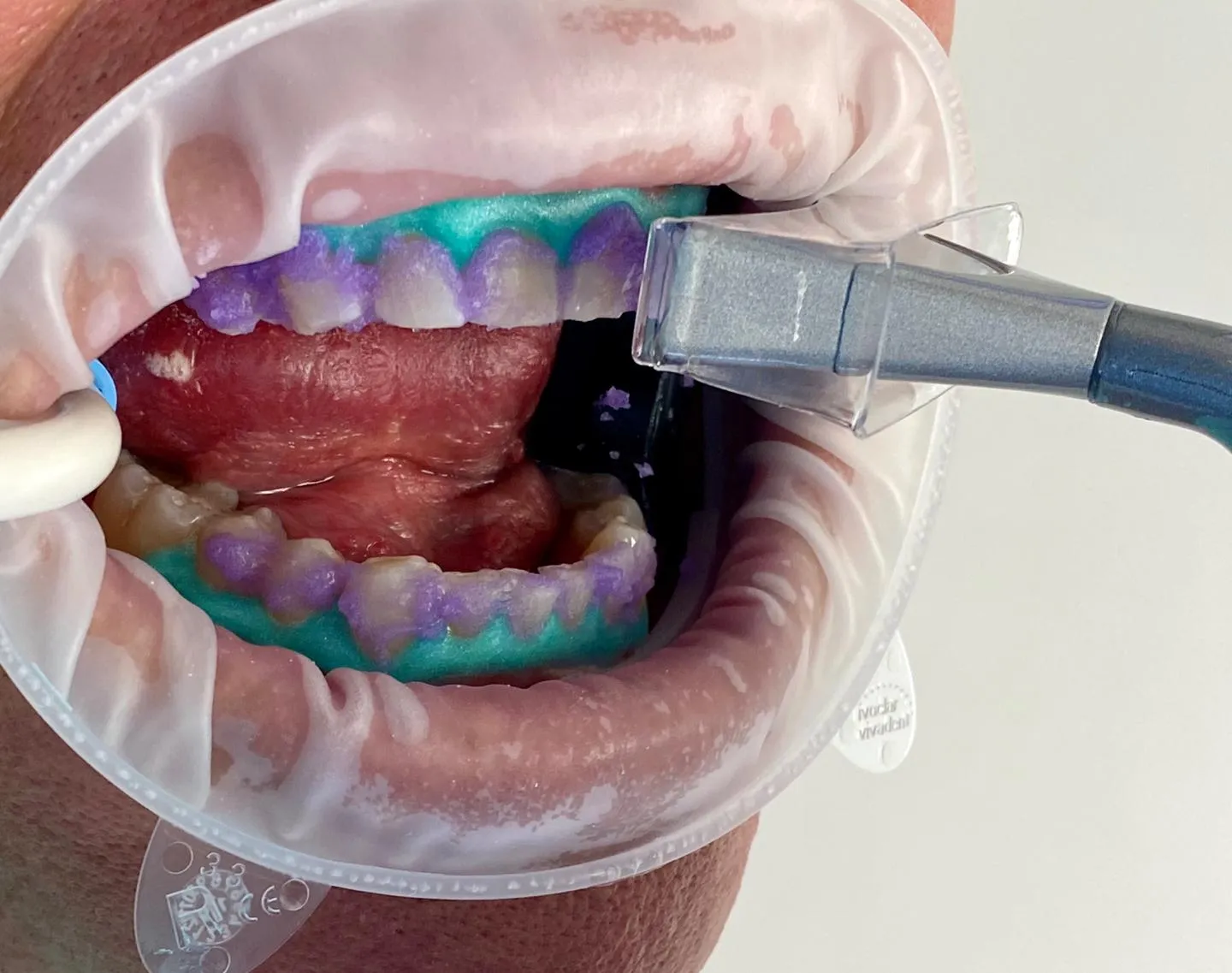
Several alternative teeth whitening methods are available for those who may not want laser whitening. Over-the-counter options include whitening strips, trays, and toothpastes. Whitening strips are easy to use and typically contain a lower concentration of hydrogen peroxide. Custom-fitted trays provided by your dentist offer a more controlled and effective method, using a gel that you apply at home. Whitening toothpastes are also readily available and remove surface stains, although they are less effective at changing the intrinsic color of the teeth. Professional teeth whitening can be done with custom trays provided by your dentist, and with a stronger concentration of the whitening agent. Consulting with your dentist will help you determine the best whitening method for your needs and oral health. It is essential to consider factors such as the degree of whitening desired, cost, and the potential for sensitivity before choosing a method.
Conclusion
In conclusion, laser teeth whitening is a generally safe and effective cosmetic procedure when performed by a qualified dental professional. While potential side effects like sensitivity and gum irritation exist, they are usually temporary and manageable. The immediate results and ability to remove stubborn stains make it a popular choice for many. By understanding the process, the potential risks, and following best practices, you can make an informed decision. Remember to consult with your dentist to determine if laser whitening is right for you, considering your oral health and aesthetic goals. A brighter, more confident smile is often within reach with the right approach and professional guidance. Always prioritize safety and consult a dental professional for personalized advice and treatment.
